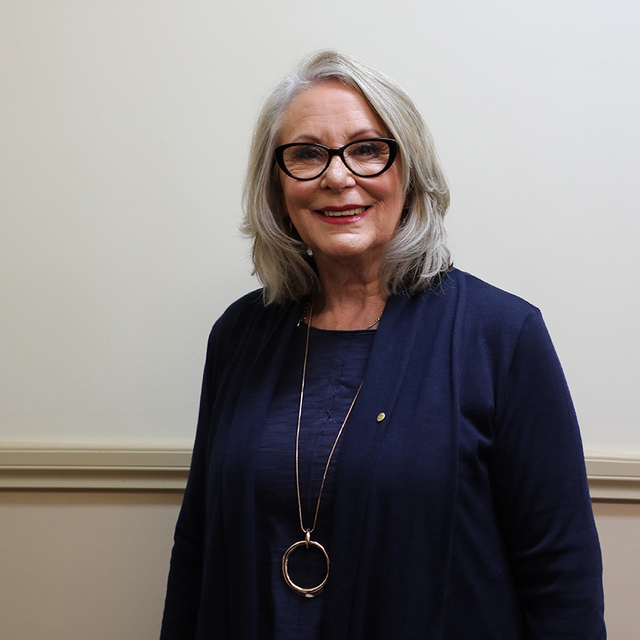A cutting-edge initiative that could change the way new suburbs and cities are designed, constructed and managed has been launched by the City of Parramatta Council, with the rollout of state-of-the-art technology across a 25ha development site in Sydney’s west.
More than 70 environmental sensors, installed throughout Melrose Park, monitor and collect data on local conditions – including temperature, humidity, air quality, noise and stormwater – as the area is redeveloped.
Information gathered will be analysed and used to understand the impacts of development on the surrounds, improve the area’s liveability in the long term, and inform future planning.
This collaborative smart project is a first for Local Government in Australia.
City of Parramatta Lord Mayor, Bob Dwyer, said, “By using state-of-the-art technology to monitor the environment in and around Melrose Park throughout the construction process, we will be able to make more informed decisions in the planning of future suburbs.”
The $1.142 million project, which has been delivered in partnership with property developer PAYCE and the University of Technology Sydney (UTS), received a $571,000 grant from the Australian Government as part of the Smart Cities and Suburbs Program.
In addition to the environmental sensors, a buoy has been placed in the Parramatta River at Ermington Bay to monitor water quality.
A digital windsock, which displays real-time local weather data including wind speed, temperature, humidity, air quality, noise, rainfall and UV index data, has been installed in the area. Information is also available via a community dashboard on Council’s website.
“What we learn from the data collected throughout the construction process at Melrose Park will serve as a blueprint for future developments.
“It’s a smart approach to managing the growth of a Smart City and has the potential to be applied to other locations and development precincts.”
UTS Institute for Sustainable Futures Senior Research Consultant Andrew Tovey said the project was one of national significance.
“This project breaks new ground and is a strong foundation for future research and collaboration that can be scaled up or down to other urban developments around the country.”








